Pentax Optio A40 Review
Pentax Optio A40
Is this the end of the road for Pentax compact cameras? Say it ain't so!
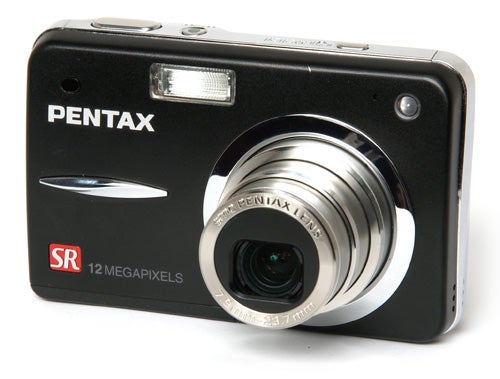
Verdict
Key Specifications
- Review Price: £190.00
I have to wonder if the Pentax Optio A40 is jinxed. It was originally supposed to be launched in November 2007, but a fire at the factory making the batteries delayed the launch by five months. The A40 is now available in Europe, but its launch has been overshadowed by even worse news. There is an ugly rumour circulating that Pentax is soon to phase out production of its Optio range of digital compact cameras. Since Pentax is due to merge with optics manufacturer Hoya this month, and co-develops its digital SLRs with Samsung, the end of the Optio range could mean the end of Pentax as an independent camera manufacturer. We’ve had no official response from Pentax Europe yet, but they haven’t denied it so far. There’s also no word on how this will affect other areas of Pentax’s business, such as binoculars, CCTV systems, surveying equipment and surgical endoscopes, but the illustrious 90-year history of one of Japan’s major camera brands could soon be coming to an end.
This is a great shame, because the Optio A40 deserves a much happier fate than to be the Optio range’s swan-song, although at least it would end on a high note. The A40 is a high quality 12-megapixel ultra-compact camera with an f/2.8-5.4, 3x zoom lens equivalent to 38-114mm. Features include a 2.5-inch 230k wide view monitor, face detection, moving-sensor image stabilisation and the new Dynamic Range Adjustment function, which reduces burnt out highlights and murky shadows. It succeeds the excellent Optio A30, and shares a number of features including the lens, monitor, autofocus system and metering system, although the A40 does have a new body.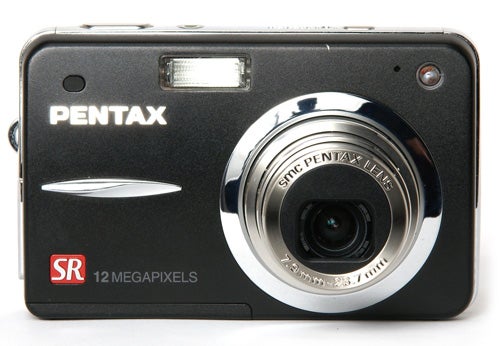
Currently priced at around £190, the Optio A40 is not a cheap camera even when compared to other 12-megapixel compacts. The Fuji F50fd is currently selling for around £143, both the Panasonic FX100 and the Sony W200 are about £165, the Casio EX-Z1200 is just under £170, and even the Nikon S700 is available for under £180. The price of the A40 will undoubtedly come down over the next couple of months as more stock becomes available, but right now it’s a very expensive camera.
If cameras were sold on looks alone, the A40 would certainly be worth the money. Pentax pretty much invented the ultra-compact digital camera, and over the years it has refined its design down to a fine art. The A40 has a robust all-metal body finished in either matt black or silver, with chrome trim and controls. The design incorporates a small textured thumb grip on the back, and the small raised flash detail on the front also provides some grip, so despite its exceptionally compact dimensions the camera feels solid and secure to hold. It measures just 57 x 89 x 23.5mm and weighs only 150g including battery, and its smooth-cornered shape slips easily into a shirt pocket.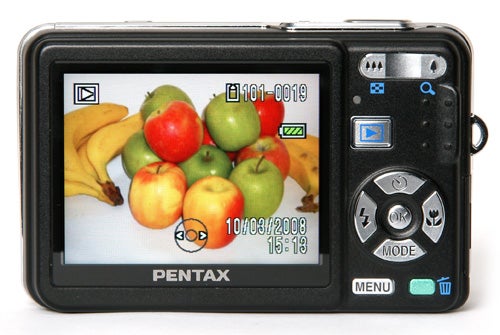
The control layout is basically identical to the Optio A30 and several previous Pentax ultra-compacts. The power button and shutter release are on the top panel, while on the back are the D-pad, playback and menu buttons, the zoom control and the Green Button, the instant easy-mode control found on all of the Optio range. The zoom control is a relatively chunky rocker switch positioned under the right thumb, but it is stiff enough that it isn’t easy to operate it accidentally. It’s not the most sensitive control in the world though, and the zoom is stepped with seven positions from wide to telephoto, so precise framing is going to mean some moving backwards and forwards.
In common with most high-spec compacts the A40 offers some manual exposure control, in the form of shutter priority or full manual modes. The only available aperture settings in manual exposure mode are minimum and maximum (f/8.0-f/15.4), although shutter speeds from four seconds to 1/2000th of a second are available in 1/3EV increments, so there is some room for creativity. The menu does also offer some degree of picture control, with adjustable contrast, saturation and sharpness, but there is no control over noise reduction. It does offer some other creative features though, including multiple exposures on the same frame, and a wide range of scene modes.
The Dynamic Range Adjustment feature is similar in function to Sony’s DRO system. It proportionally increases the sensor gain in darker areas and reduces in in highlights, reducing the occurrence of black featureless shadows and burned-out highlights in high contrast shots. It has four settings; off, weak, strong and automatic. I found that it didn’t do much about the highlights, but was able to pull out about a stop and a half of extra shadow detail without significantly increasing image noise, which should go some way towards alleviating the inherent dynamic range limitations of the 12MP 1/1.8-inch sensor.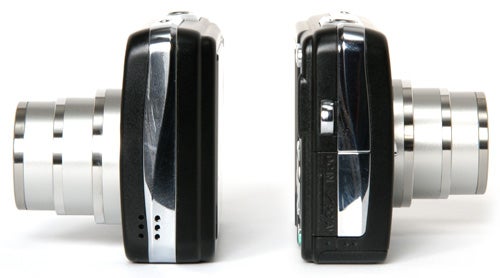
Pentax’s moving-sensor image stabilisation system is well-proven, and I found I was able to take sharp hand-held shots at full zoom at 1/25th of a second, a gain of about two and a half stops. This is approximately the same performance and Panasonic, Canon and Sony’s optical image stabilisation systems.
The A40’s overall performance is very good. It starts up in just under three seconds, which is a little slow, but not intolerable. It shuts down again a bit more briskly in 2.5 seconds. In single shot mode the shot-to-shot cycle time is very quick at about 1.2 seconds, while in continuous shooting mode it can maintain a speed of just under two frames a second, not bad for a 12MP camera. The autofocus system is a lot quicker than some of Pentax’s previous efforts, and although it isn’t as fast as Casio or Canon AF systems it isn’t painfully slow, and also doesn’t slow down much in low light or at longer focal lengths. Low light focusing is very good, and the AF assist lamp means it will focus fairly reliably in total darkness at a range of about three metres. Flash exposure is also very good, producing even exposures at close range and filling a large room easily. Battery duration isn’t too bad either, managing to squeeze about 200 shots out of the small 710mAh Li-ion battery.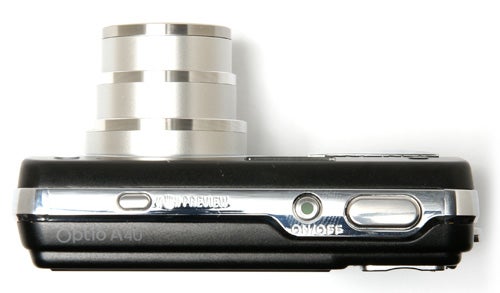
Image quality has never been a major problem for Pentax’s high-spec cameras, and here the A40 shows its class. Focusing, exposure metering and colour reproduction are all excellent. The lens quality is also up to Pentax’s usual high standard, with superb sharpness from edge to edge and no chromatic aberration. It does produce some barrel distortion at both ends of the zoom range, but it is fairly even. Noise control is about average for a 12MP compact camera, with very good picture quality up to 200 ISO, and then progressively lower quality from the just-about-printable 400 ISO to the pretty ugly maximum of 1600 ISO. With the Dynamic Range Adjustment set to strong or automatic, the A40 coped very well with high contrast lighting, keeping a good amount of shadow detail and not too many blown highlights.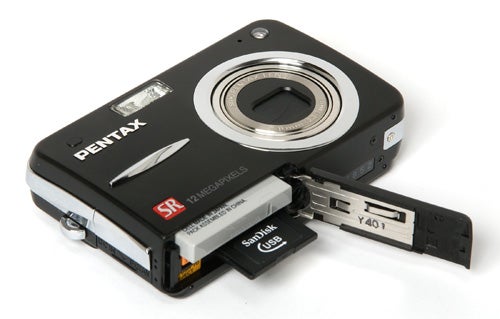
”’Verdict”’
Hopefully the Optio A40 doesn’t represent the last generation of Pentax compact cameras, because despite its ultra-compact size it is packed with clever technology, including effective image stabilisation and dynamic range improvement. Build quality, design, performance and image quality are all very good, and the camera is easy and satisfying to use. It may be expensive at the moment, but it offers a very complete and attractive package, and compares well in quality and performance with the very best of the competition.
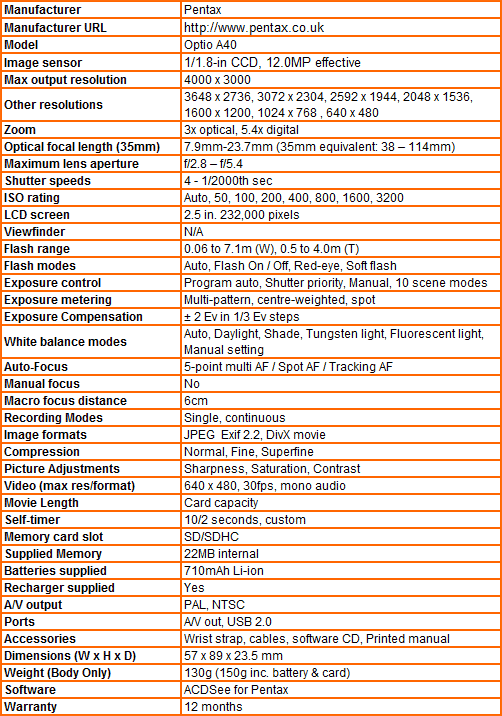
”A range of test shots are shown over the next few pages. Here, the full size images at the minimum and maximum ISO settings have been reduced for bandwidth purposes to let you see the full image, and a series of crops taken from original full resolution images at a range of ISO settings have been included in order for you to gain an appreciation of the overall quality.”
—-
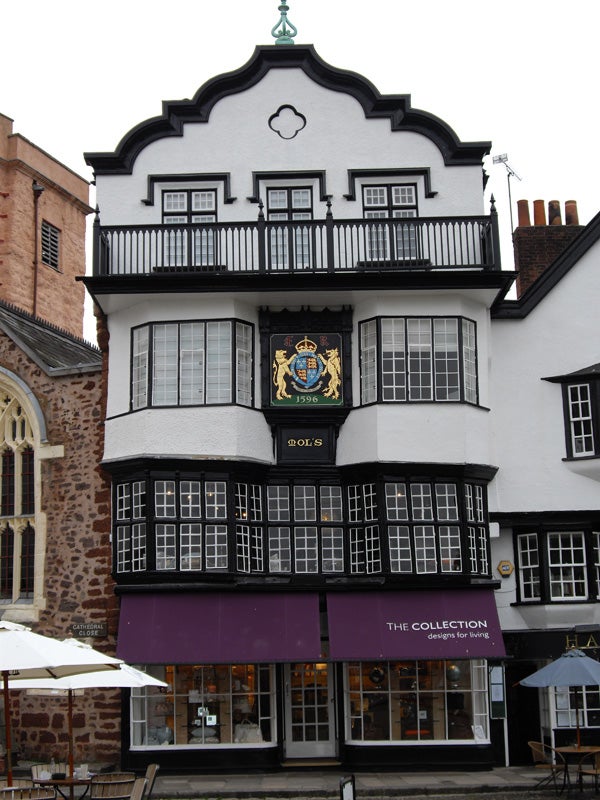
This is the full frame at minimum ISO.
—-
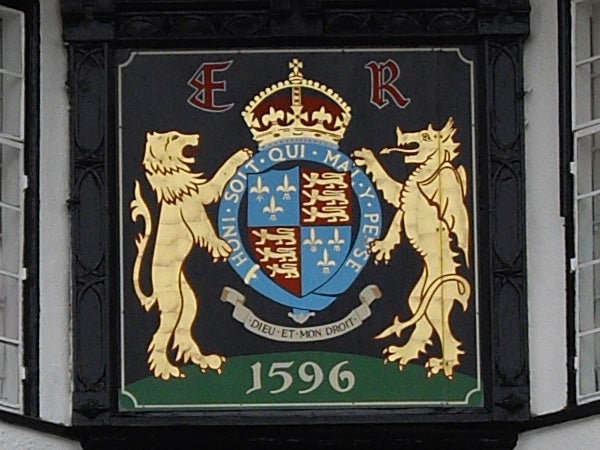
At 50 ISO the picture is sharp and clean with excellent detail.
—-
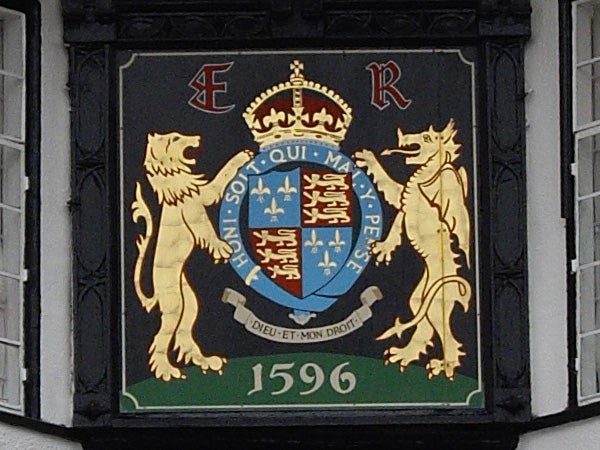
Very little difference at 100 ISO.
—-
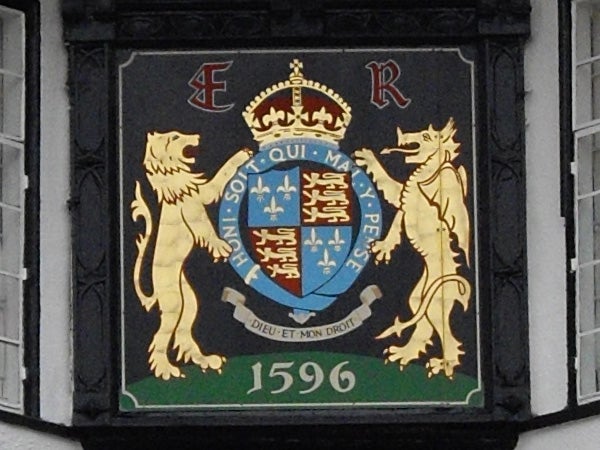
At 200 ISO there is some luminance noise, but colour reproduction is unaffected.
—-
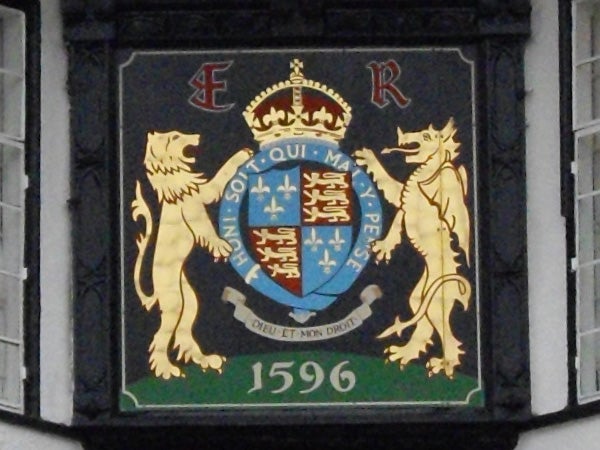
At 400 ISO the noise reduction kicks it up a notch, reducing fine detail.
—-
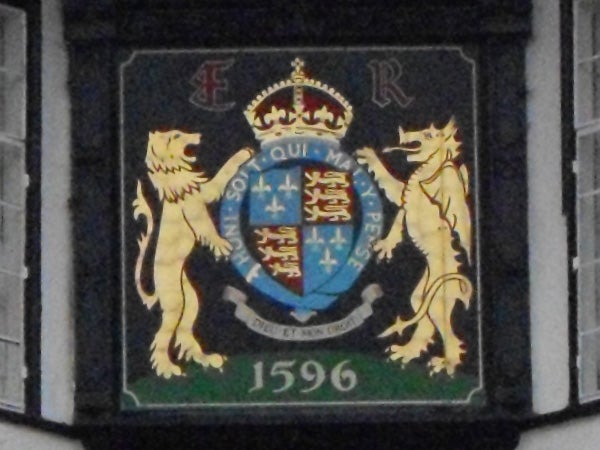
Image quality is much worse at 800 ISO.
—-
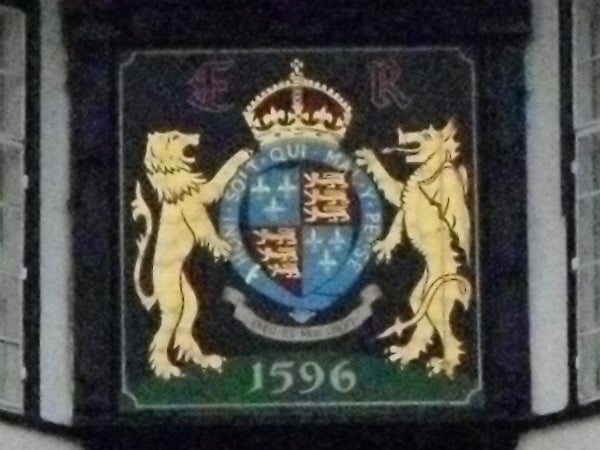
At 1600 ISO there is very little fine detail left.
—-
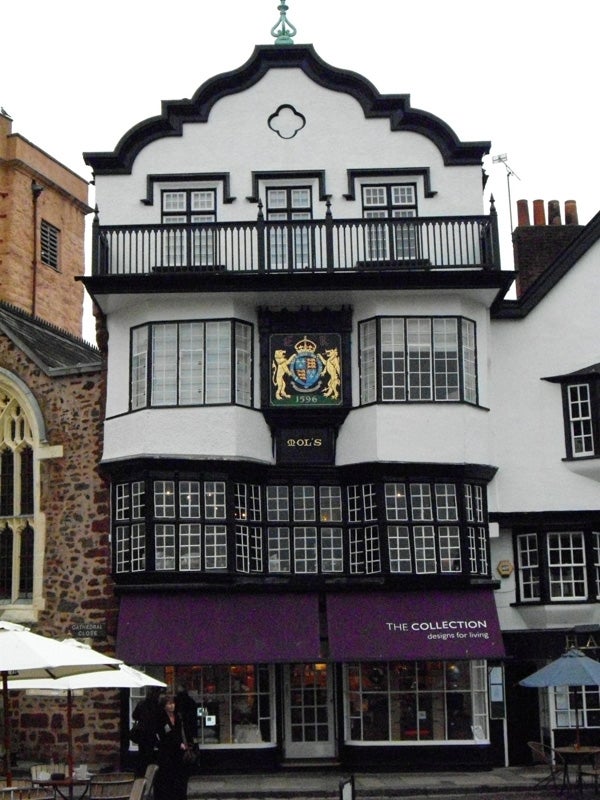
This is the full frame at maximum ISO.
—-
”A range of general test shots are shown over the next two pages. In some cases, the full size image has been reduced for bandwidth purposes, and a crop taken from the original full resolution image has been placed below it to show the overall image quality. Some other pictures may be clicked to view the original full-size image.”
—-
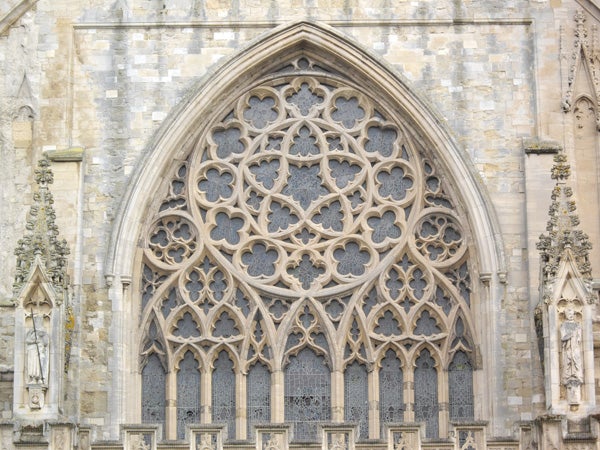
Here’s the usual detail test shot of the West Window of Exeter Cathedral, for you to compare with other cameras. See below for a full res crop, or click to see the whole picture.
—-
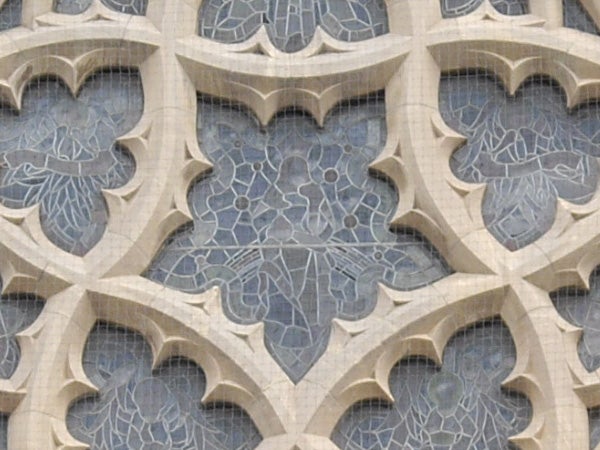
The level of detail is very good, but not really much better than the 10MP A30.
—-

The lens does produce barrel distortion at wide angle, but is is fairly even.
—-
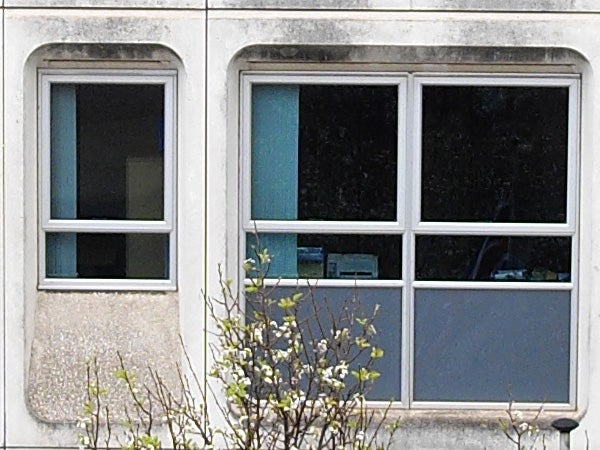
Centre sharpness is very good.
—-
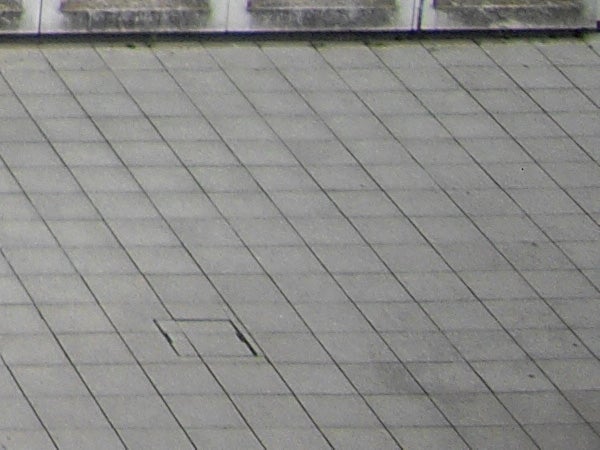
Corner sharpness is also excellent, with no chromatic aberration.
—-
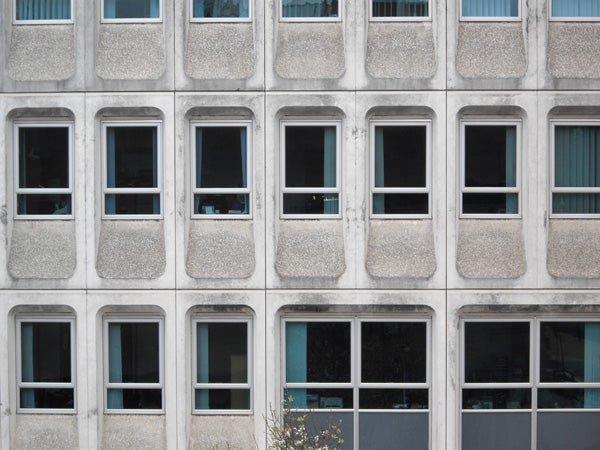
Unusually, there is also some barrel distortion at the telephoto end.
—-
”A range of general test shots are shown on this page to show the overall image quality under various conditions, as well as the wide-angle and telephoto capabilities. Some other pictures may be clicked to view the original full-size image.”
—-
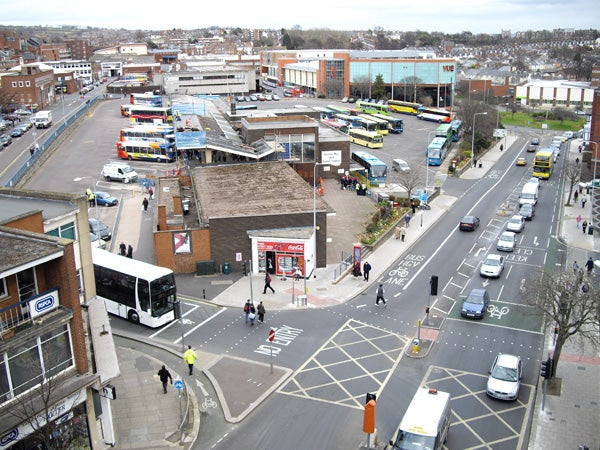
The wide angle end of the zoom range is equivalent to 38mm, not very wide, but about average for a 3x zoom compact.
—-
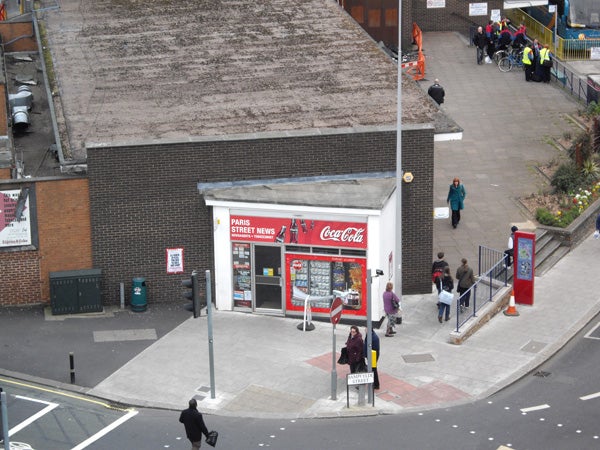
The telephoto end is equivalent to 114mm, also about average for this class of camera.
—-
There next three shots show the effect of the Dynamic Range Adjuster.
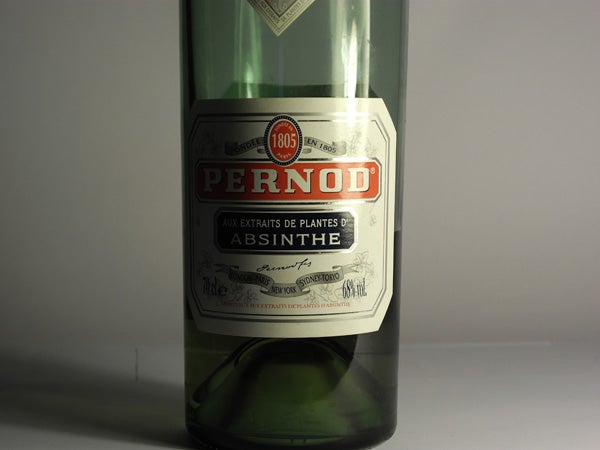
DRA Off.
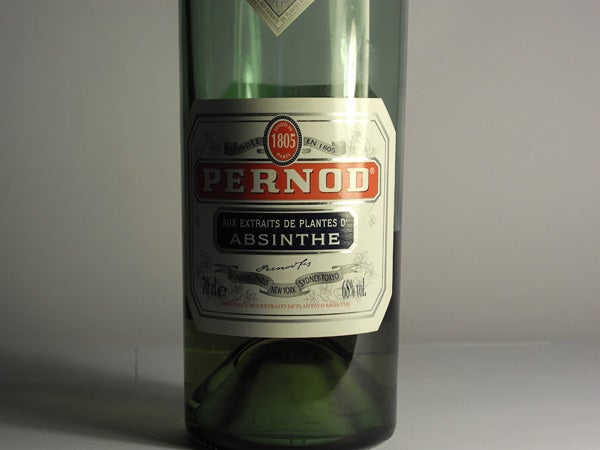
DRA Weak.
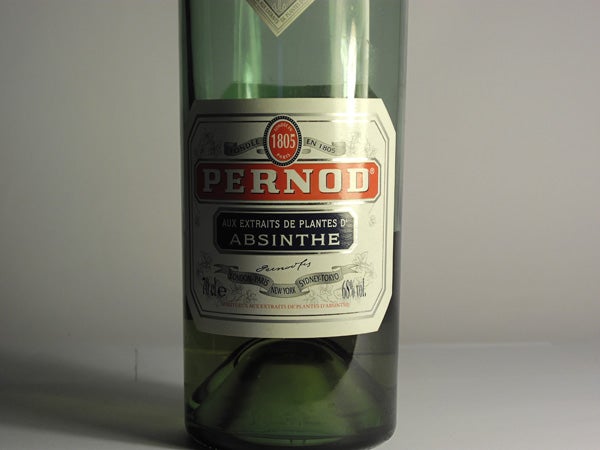
DRA Strong.
—-

Colour reproduction in antural light is superb.
—-

Close range flash exposure is also very good.
—-

Macro focusing range is 6cm.
—-
Trusted Score
Score in detail
-
Value 6
-
Image Quality 8
Features
| Camera type | Ultra Compact |
| Megapixels (Megapixel) | 12 Megapixel |
| Optical Zoom (Times) | 3x |

